Covid-19: Considerable impact on the poultry value chain
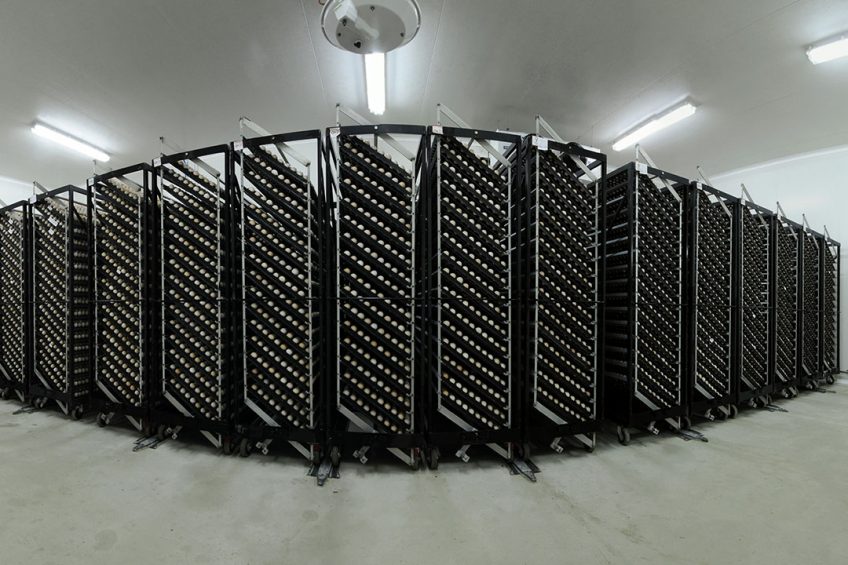
2020 looked to be a promising year for the global poultry industry, with opportunities for chicken consumption and exportation around the world to expand further. However, the first cases of Covid-19 reported in December 2019 resulted in considerable consequences to poultry production.
The closure of fast-food outlets in many countries, together with the crisis in the hospitality industry, led to a drop in poultry meat consumption. In addition, social distancing affected poultry production facilities heavily. For instance, according to the United States Government Accountability Office (GAO), contamination among poultry workers in the United States is relatively higher compared to workers in other production sectors. In countries facing these setbacks, along with a general decline of the global economy, processing plants have been closed and others had to reduce the number of available workers.
Minimising the loss of hatchability
As a consequence, chicken processing volumes have decreased, bringing about a drop in day-old chick placements. Chick order reductions have affected hatcheries in terms of more eggs having to be stored long term.
One solution to meet these challenges would be to sell the eggs for breakage while they are still fresh, or depleting selected flocks earlier. However, this article will focus on a second option – finding workable solutions to minimise the loss of hatchability and decrease negative effects on chick quality.
Reducing the impact of long-term egg storage
Longer storage periods will impact eggs negatively during the incubation process. For example, loss of hatchability can result in a drop in egg contents and metabolic changes to the embryo itself, which, in turn, can cause greater early-dead levels, late hatches and poor chick quality (Figure 1).
Figure 1- Hatchability falls as egg age increases (Aviagen Hatchery How to #9).

A range of techniques can be used to reduce the impact of long-term egg storage. Some include:
- Extending pre-heating of eggs immediately before set
- Holding eggs under lower temperatures
- Turning eggs during egg storage
- Implementing Short Periods of Incubation During Egg Storage (SPIDES)
The first 3 are widespread practices and are known to give better embryo liveability when eggs need to be stored longer. Turning eggs 4 times per day during egg storage and keeping eggs stored at 15°C will slow down physical deterioration of the albumen, yolk membrane, and embryo, thus reducing hatchability losses.
Although it has been researched for many years, SPIDES has only more recently been applied consistently and effectively in commercial hatcheries following a better understanding of the principles that need to be followed.
Improving hatchability and chick quality
Pre-warming during storage has been known for over 100 years, but tended to work better on a smaller scale than it did in commercial hatcheries. The Aviagen hatchery team picked up the technique and ran a series of trials that defined how hot, how long and how often the eggs needed to be heat treated, naming the technology SPIDES.
If applied correctly, SPIDES can prevent losses of hatchability and chick quality from eggs that were stored for long periods. Basically, the SPIDES treatment consists of exposing the embryos to higher temperatures, which will advance their development stages to make them better able to survive storage (gastrula stage).
Exposure to higher temperatures can also enable egg and cell membranes to repair themselves. Therefore, SPIDES will restore embryonic cells, reduce cell apoptosis and keep the integrity of embryo and yolk membranes, resulting in improved hatchability and enhanced chick quality.
The following factors can affect the success of applying the SPIDES technique:
- Egg age during treatment – Eggs should be treated before embryo/egg content deterioration starts, which is normally between 2 and 5 days after lay.
- Egg shell temperatures during treatment – Egg shell temperatures need to reach between 32°C (90°F) and 38.3°C (100.9°F) for SPIDES to be effective.
- Cooling down after treatment – It is essential to allow eggs to cool down to below 22°C (71.6°F) after the treatment, before returning them to the storage room.

- Exposure length – SPIDES works best when the time that the egg shell temperature exceeds 32ºC (90ºF) is more than 3 hours and less than 12 hours. Prolonged time above this temperature can have a negative effect, as it will advance the embryo to a stage where it is not possible to stop development without causing harm. Otherwise, SPIDES can protect against a loss of 60% or more of the potential hatchability due to long-term egg storage. If multiple treatments of SPIDES are applied due to eggs not being incubated before 14 days of storage, the cumulative time above 32ºC (90ºF) should not be longer than 12 hours (Figure 2).
Figure 2 – Exposure time above 12 hours has negative effect on hatchability (Aviagen Hatchery How to #9).

Today, dedicated machines are available to treat the eggs with SPIDES, but the treatment can also be accomplished in regular single-stage machines once heating and cooling speed capacity are known and temperature set point and timing have been evaluated. However, SPIDES treatment using commercial setters works better if the machine is only half filled, leaving every other tray space empty. This practice improves temperature uniformity, and increases the speed at which the eggs are heated to 32°C (90°F).
Success in challenging market conditions
The techniques of pre-heating, holding eggs at lower temperatures, turning eggs during storage and applying SPIDES treatment all make it possible to minimise the impact of long-term egg storage on hatchery performance, and seem to be excellent alternatives to minimise some the losses caused by the novel coronavirus on the poultry industry.
Join 31,000+ subscribers
Subscribe to our newsletter to stay updated about all the need-to-know content in the poultry sector, three times a week. Beheer
Beheer
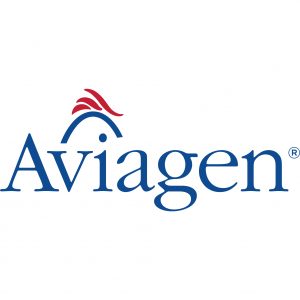
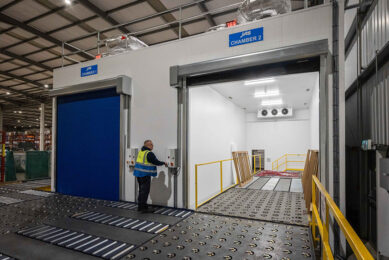
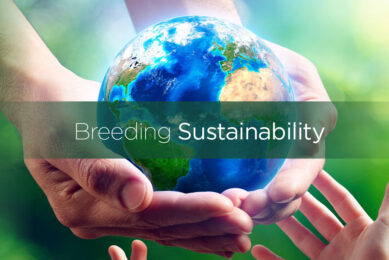
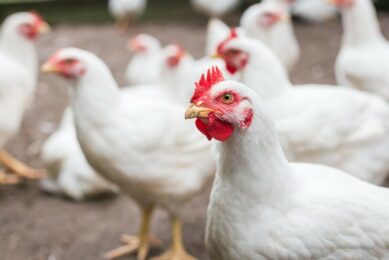
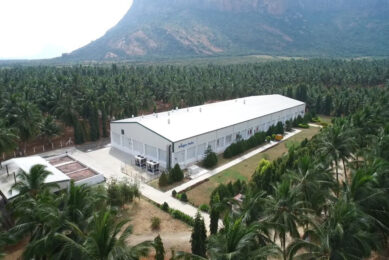
 WP Admin
WP Admin  Bewerk bericht
Bewerk bericht